How to save our ozone and protect the environment
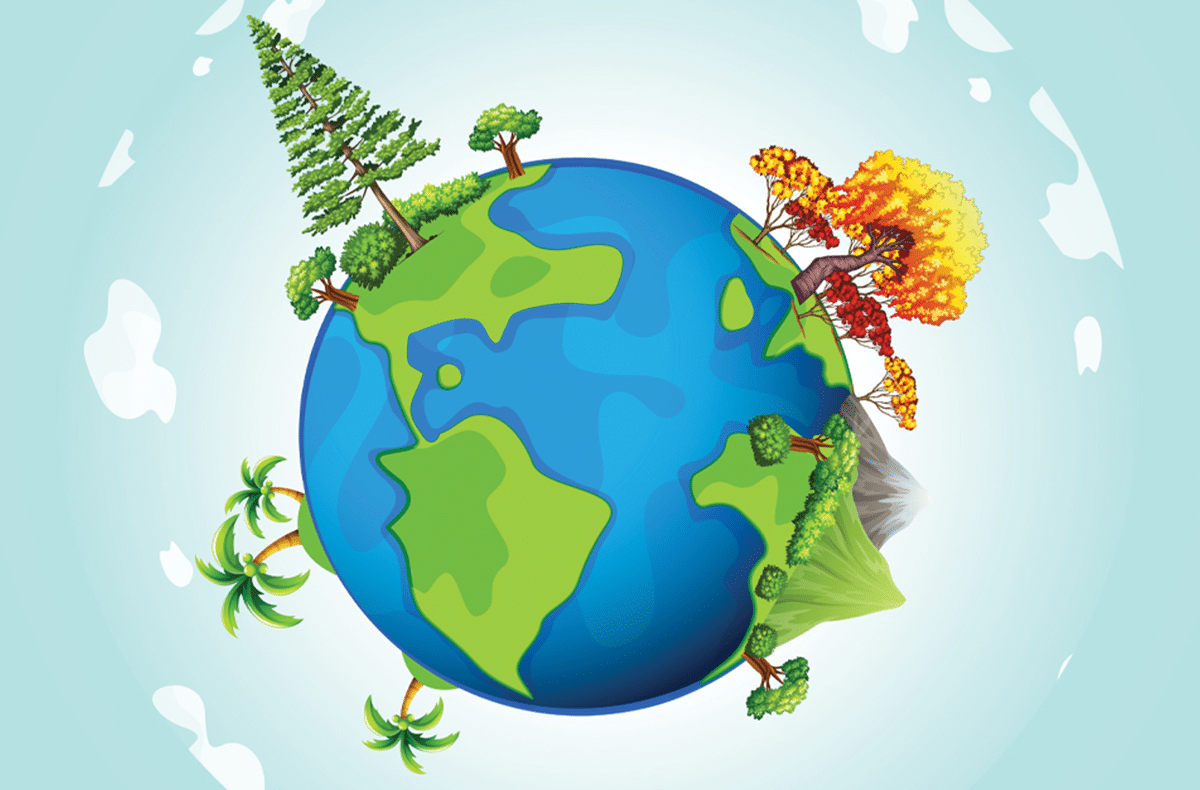
The air around the Earth is called the atmosphere, and the ozone layer is a thin part of it, that absorbs most of the harmful ultraviolet rays from the sun. But it’s getting thinner because of chemicals used on Earth, so here’s what you need to know about how we can help repair it.
The ozone is very good at trapping the sun’s ultraviolet radiation, or UV light. It acts like a sponge, absorbing the harmful radiation before it reaches Earth. We need some of the sun’s radiation, but too much is damaging to people, plants and animals. The ozone layer acts as a shield, protecting all life on Earth.
There are two types of UV light – UVB and UVA. UVB is the kind that causes sunburn and skin cancers, and people used to think that UVA light was harmless because it doesn’t cause burns. But scientists have discovered that UVA is even more harmful than UVB light as it penetrates the skin even more deeply, and it also causes skin cancer.
Our wonderful ozone layer absorbs about 98% of these nasty rays, so we need to start taking better care of it, for the sake of all life on our planet and for our children’s children’s children.
WHY IS THE OZONE GETTING THINNER?
Chemicals called chloro- fluorocarbons (big word, so we’ll call them CFCs) are mainly to blame. CFCs are molecules containing carbon, chlorine and fluorine, and until the mid-1990s they were found mostly in refrigerants (fluids used in fridges, freezers and air conditioning), aerosol cans and plastics – but also in many other industrial products. They were used because they were cheap and they don’t usually poison living things – but once they get blown away up into the stratosphere, they start eating away at the ozone layer.
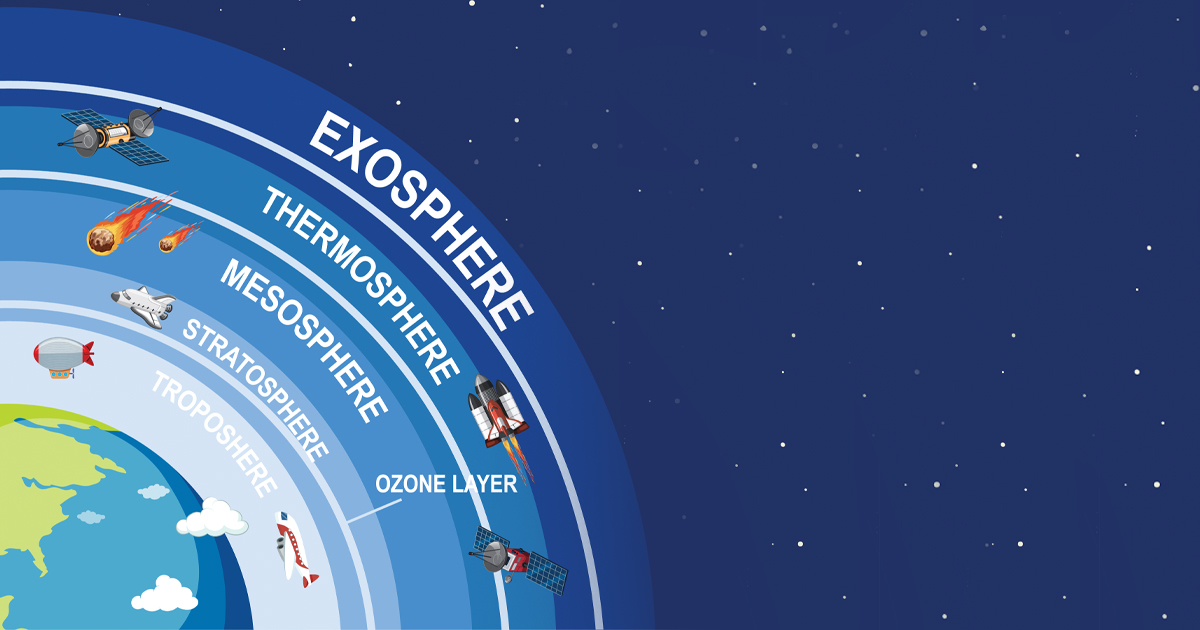
WHAT’S THE STRATOSPHERE?
The Earth is ‘wrapped’ in layers of atmosphere (air) with different temperatures. The five major layers are:
- The troposphere – the first layer, to about 12 km above the surface of the Earth
- The stratosphere – the second layer, from around 12 to 50 km above Earth (where the ozone layer is)
- The mesosphere – the third layer, from about 50 to 80 km above Earth
- The thermosphere – the fourth layer, from about 80 to 700 km above Earth
- The exosphere – the fifth layer, from around 700 to 1,000 km above the Earth’s surface.
DID YOU KNOW?
There are only about three molecules of ozone for every 10 million molecules of air. – National Geographic
‘HOLES’ IN THE OZONE
In the 1970s scientists began to notice that the ozone layer was getting thinner. People talk about ‘holes’ in the ozone, but in fact the damage to the ozone is more like thin patches than holes. The thinnest areas of ozone are above the north and south poles (the ‘top’ and the ‘bottom’ of Earth).
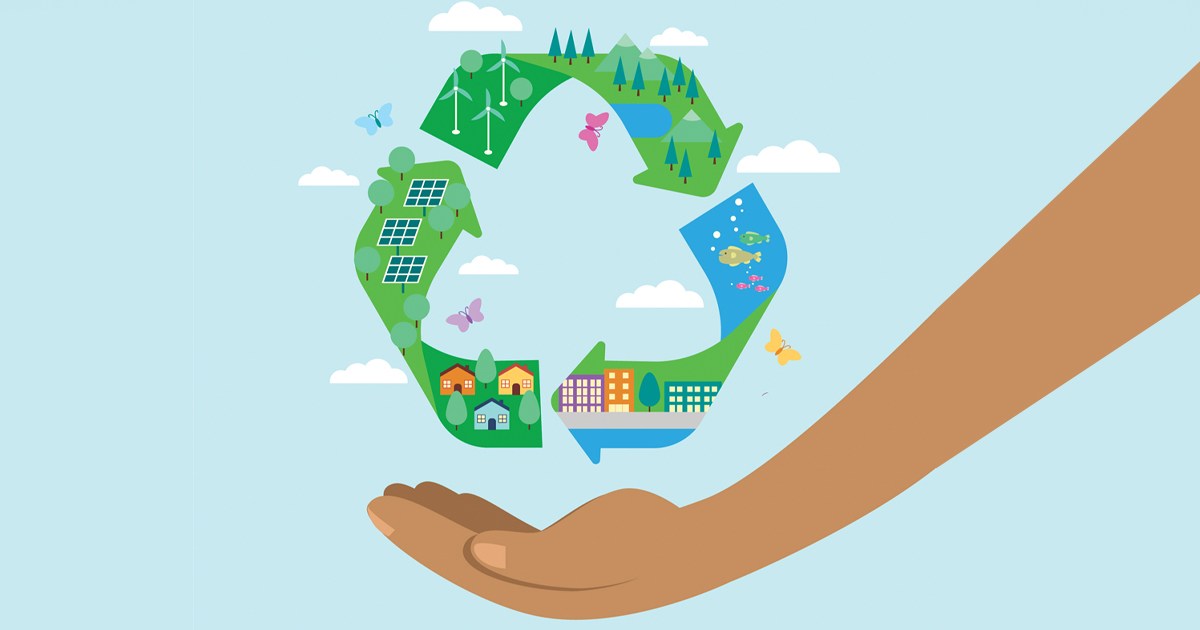
SO, WHAT CAN WE DO?
Many governments made laws that banned the use of CFCs, and the ozone layer has slowly started recovering, but we all still need to look after it for future generations. So here’s what we need to do (tell the adults in your life they can play their part too):
STEPS TO HELP THE ENVIRONMENT
- Avoid using gases that damage the ozone, such as CFCs, halogenated hydrocarbon, methyl bromide and nitrous oxide.
- Buy local products. The longer distances food has to travel, the more nitrous oxide is produced by the vehicles transporting it. Shopping locally also means you cut down on unnecessary travel.
- Only use cars or buses when you have to, as they cause pollution. If possible, walk or cycle – and if you must use cars try to carpool (share with others).
- Wherever possible, use eco-friendly products. The fewer chemicals, additives and preservatives in the things you buy, the better for the ozone layer. Also try to avoid products with lots of packaging (buy loose fruit and veg rather than those punnets wrapped in clingfilm).
- Avoid harsh and harmful cleaning products that contain solvents and corrosive substances. Harmless substances like vinegar, lemon juice and bicarbonate of soda can often be used just as effectively.
Related article: Keep your garden pest free, the natural way
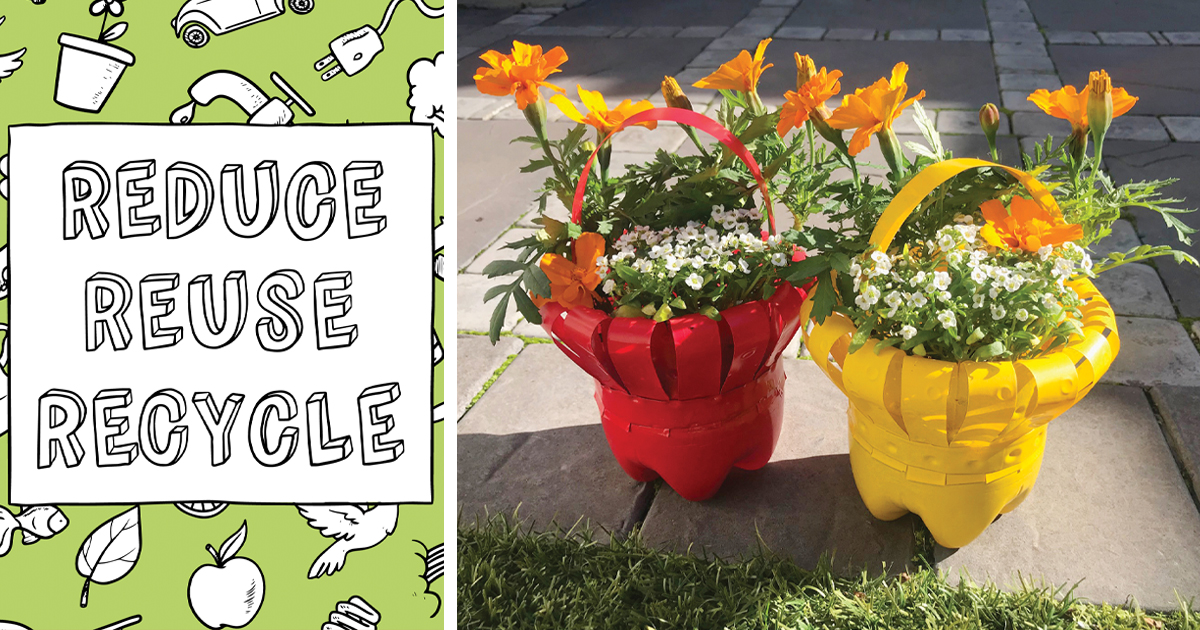
RECYCLING PROJECT
Reuse empty plastic bottles to make beautiful plant holders. It’s a triple whammy – you’re helping the environment by recycling plastic, and growing plants that provide us with oxygen – and the cut-off top of the bottle can be used as a funnel!
You need:
- Empty 2l plastic bottles
- A sharp knife
- Spray paint (any colour)
- Glue
- Scissors
How to:
- First make two or three holes for drainage in the bottom of the bottle using a sharp knife (ask an adult to help you).
- Draw two lines near the top of the bottle (see picture 1) and cut around to make a small band. (Keep the top of the bottle for a funnel).
- Slide the band onto the lower half of the bottle (picture 2).
- Cut strips all around the bottle, vertically, about 1cm apart from just above the band (picture 3), so you can tuck them into the band.
- Bend all the strips outwards and tuck the end of each strip into the band (picture 4). Your bottle will now look like a little basket.
- If you have any spare bottles, cut out a long strip and glue it onto the bottle as the handle of the basket.
- When you’re finished, spray paint it with any colour you prefer.
- Fill it with soil, and plant your pretty flowers!
Related article: Cash for trash
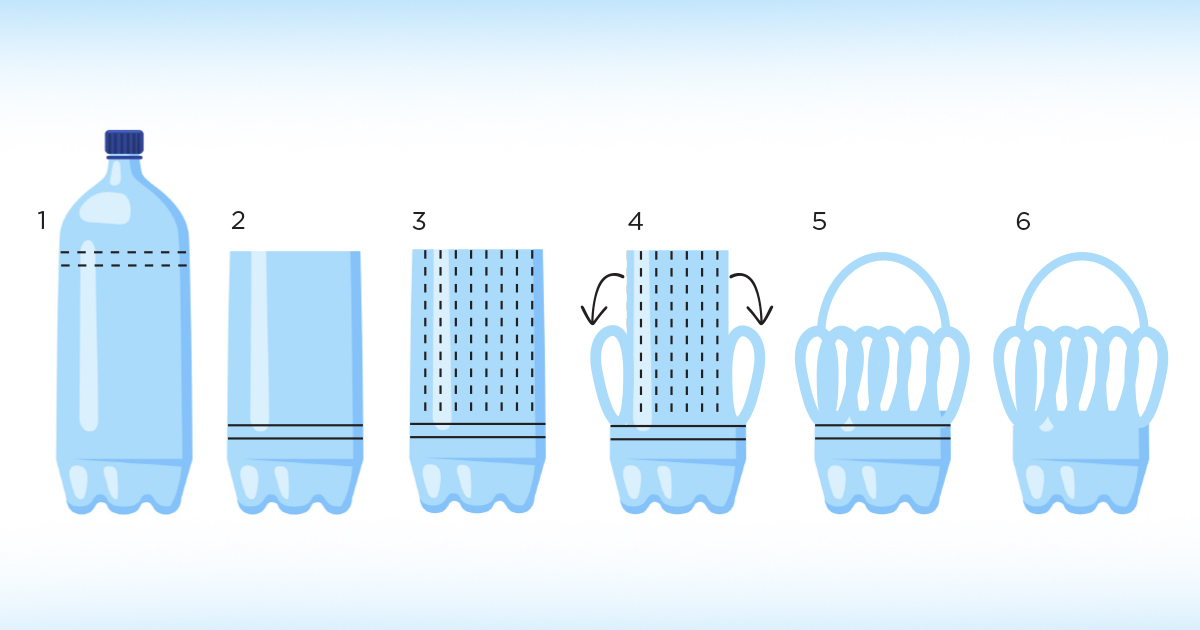
REDUCE, REUSE, RECYCLE
In a nutshell, protecting the ozone layer comes down to the environmental mantra: Reduce, Reuse, Recycle. Reduce your use of harmful products and gases, and try to use natural products wherever possible. Reuse anything you can, rather than throwing it in the bin. Recycle paper, metal, glass and plastic (most can be recycled). Recycling reduces the processing and refining of raw materials, which cause air and water pollution – and it saves energy.
Related article: Wild water facts!
Related articles

Latest Jet club magazine
We’ve got the latest trends, exciting prizes and exclusive savings just for you!
Jet Club will not pass your details to anyone else. By clicking the subscribe button you confirm you have read and agree to the Jet Club Terms and conditions and Jet Club Privacy Statement.
Subscribe

